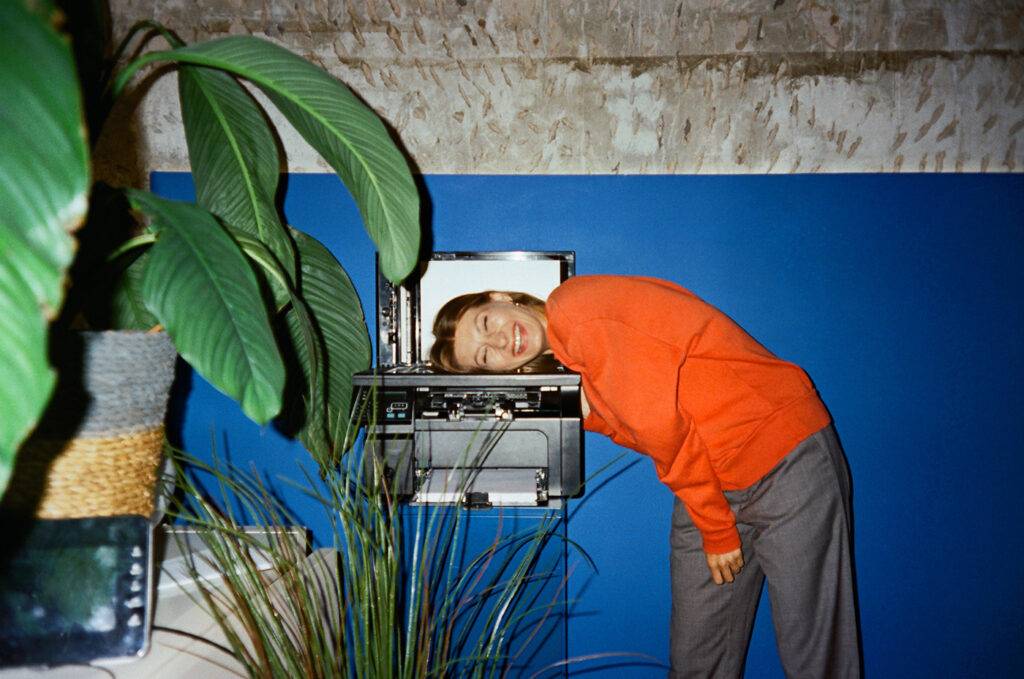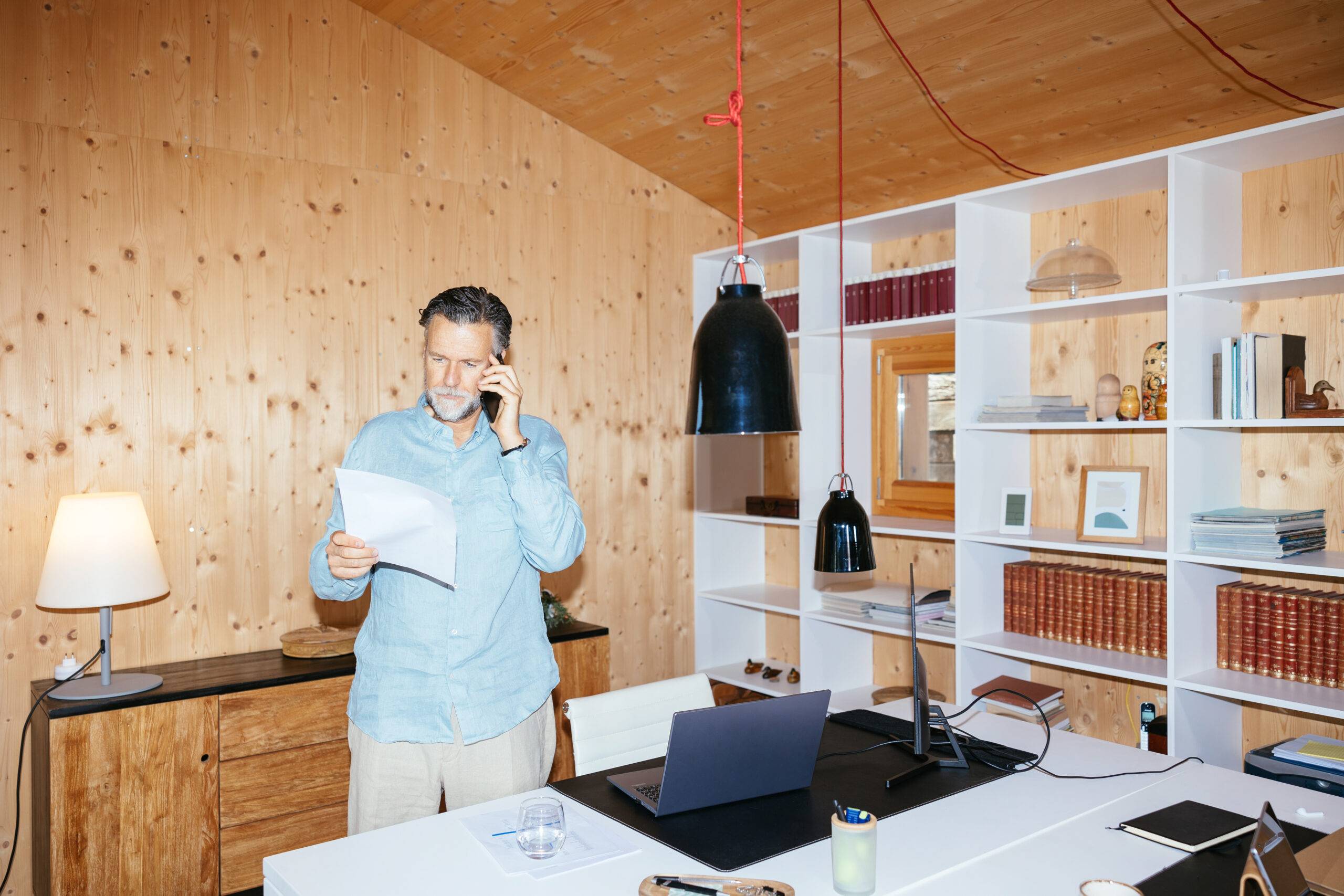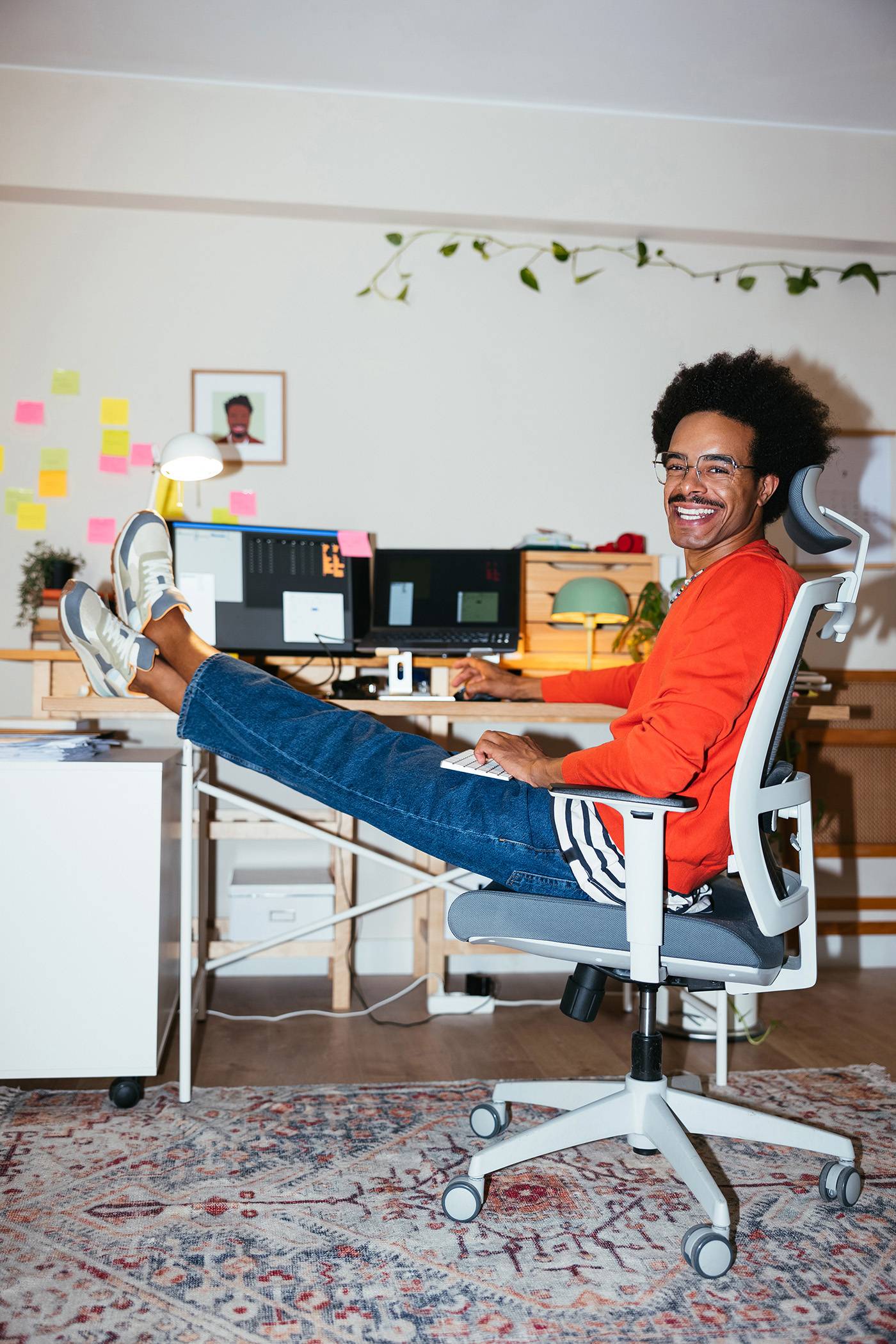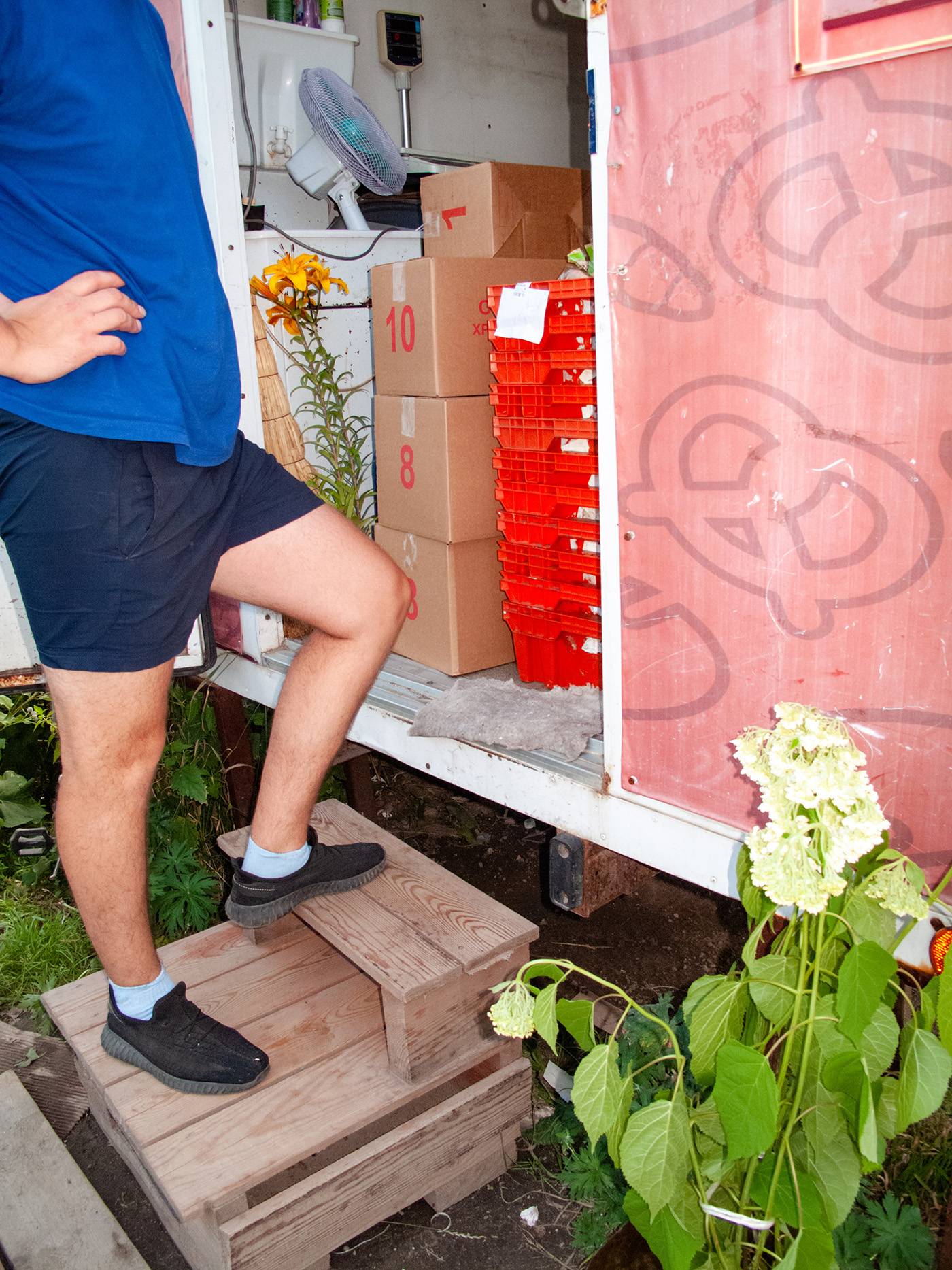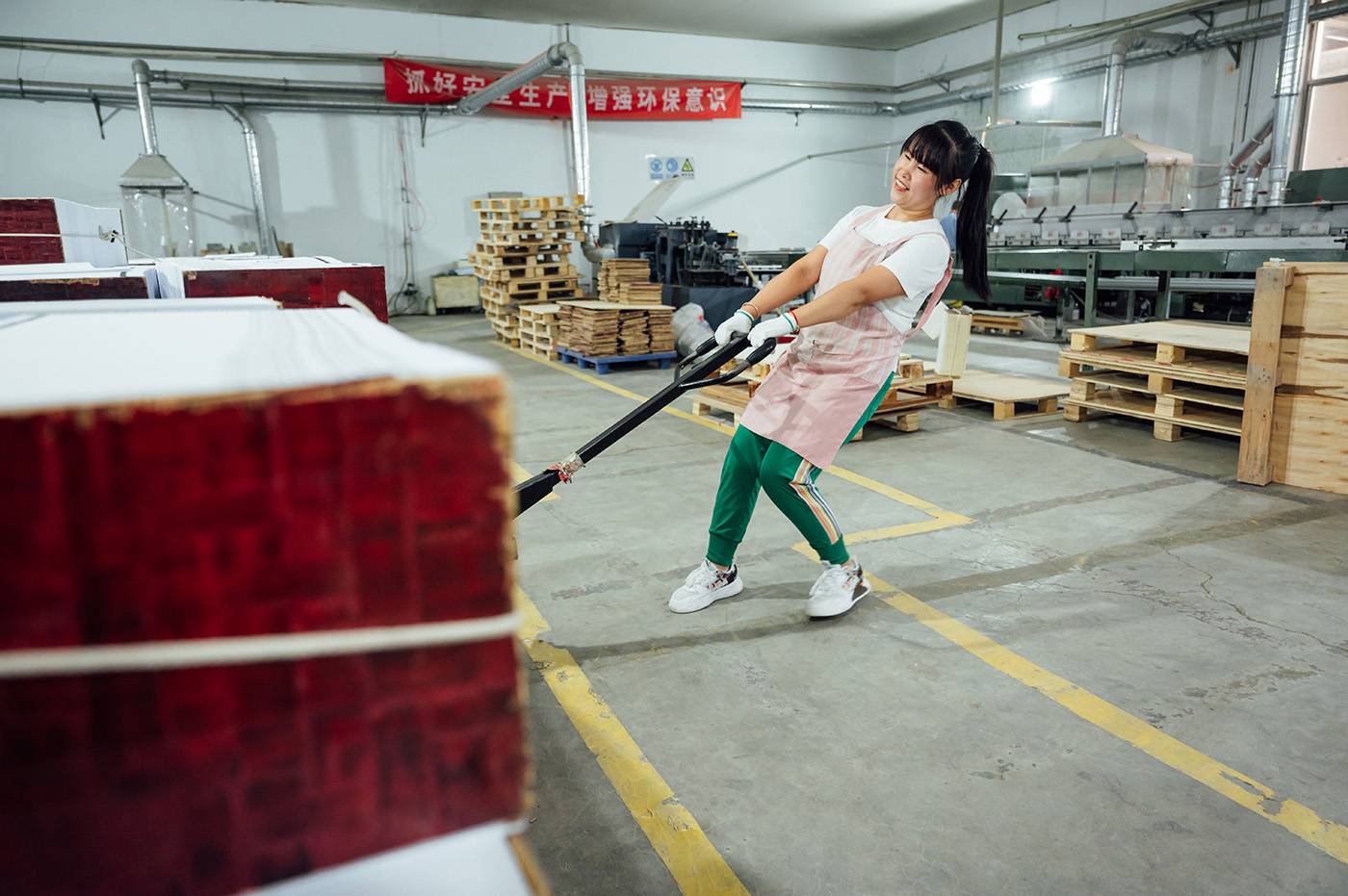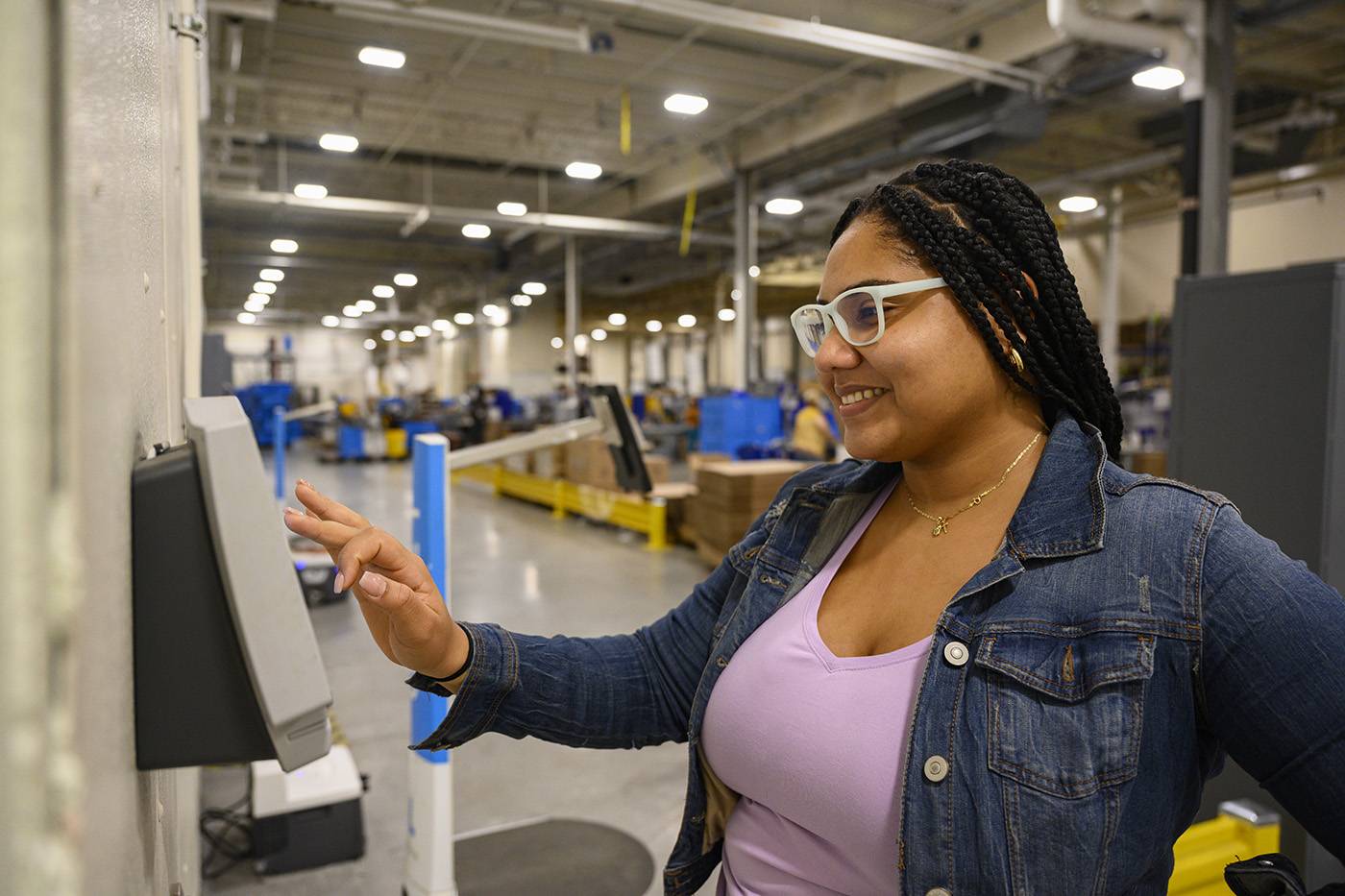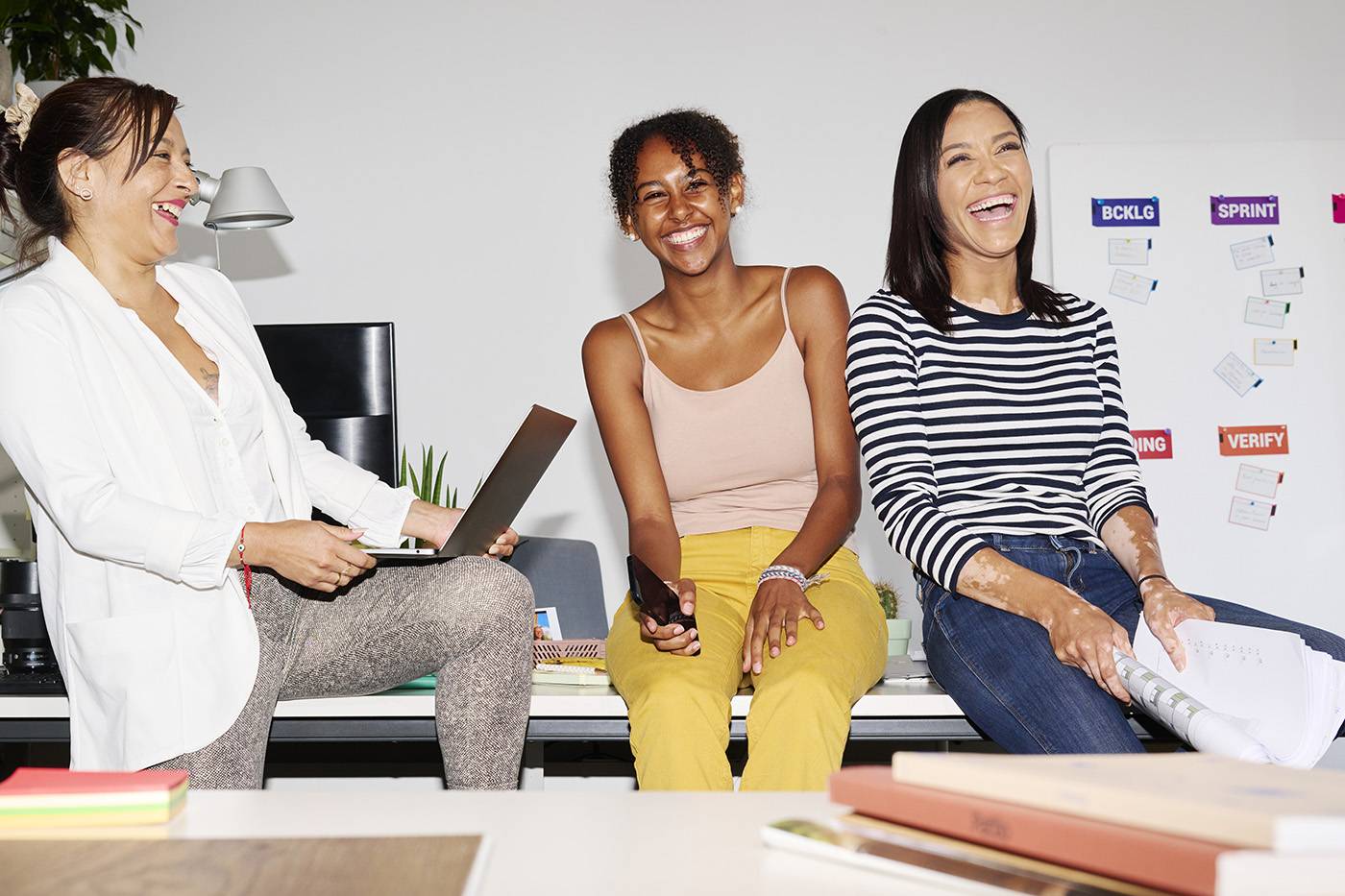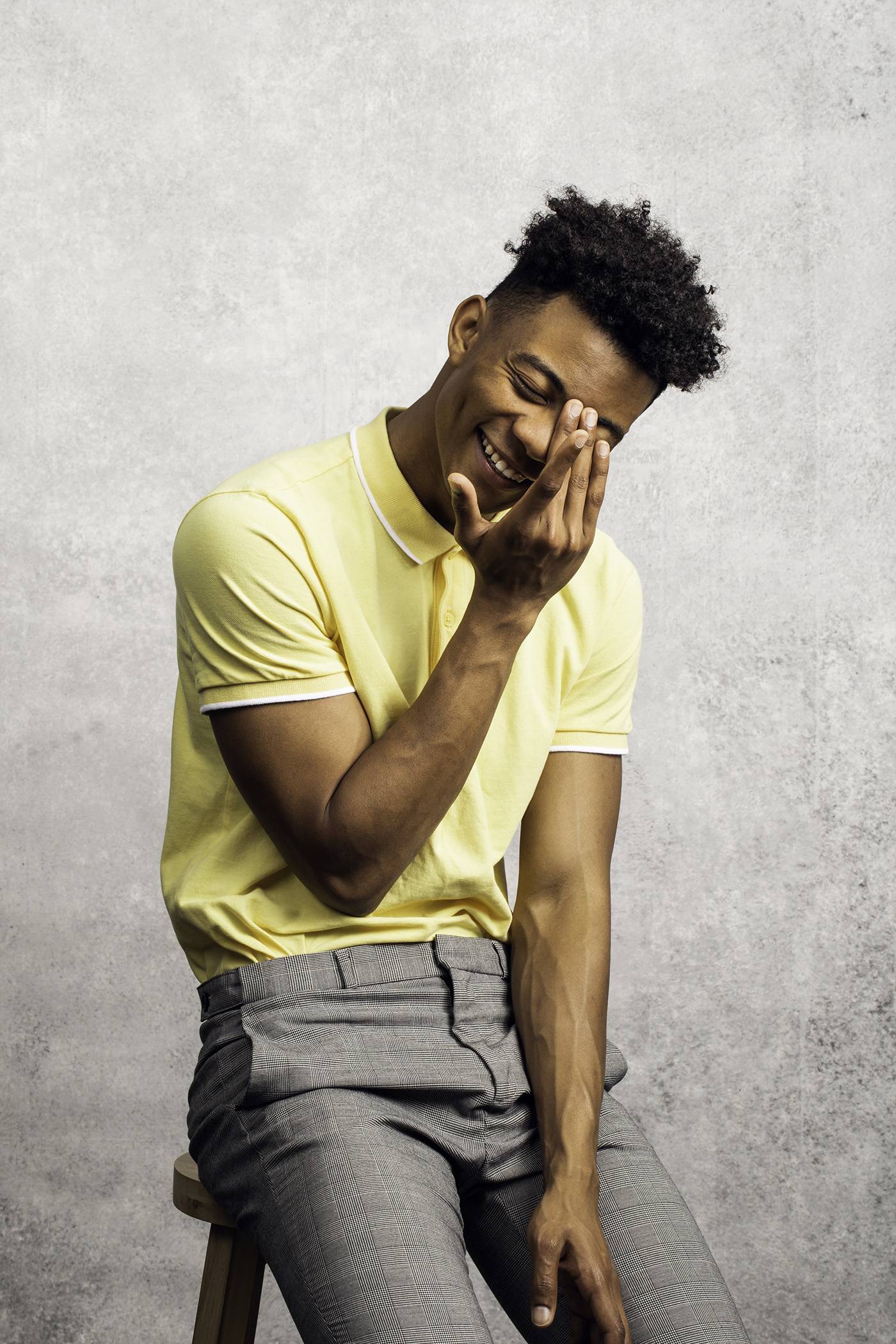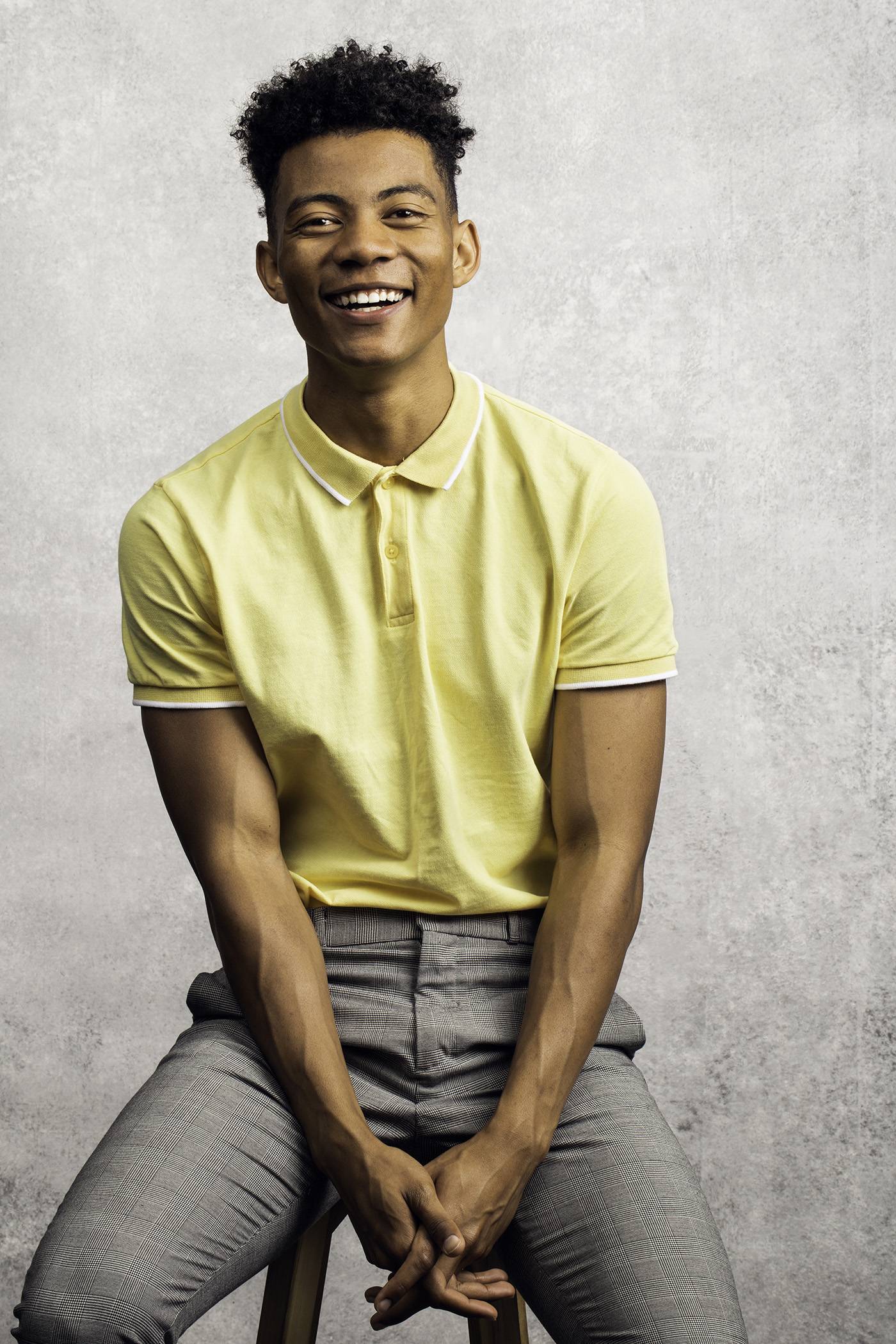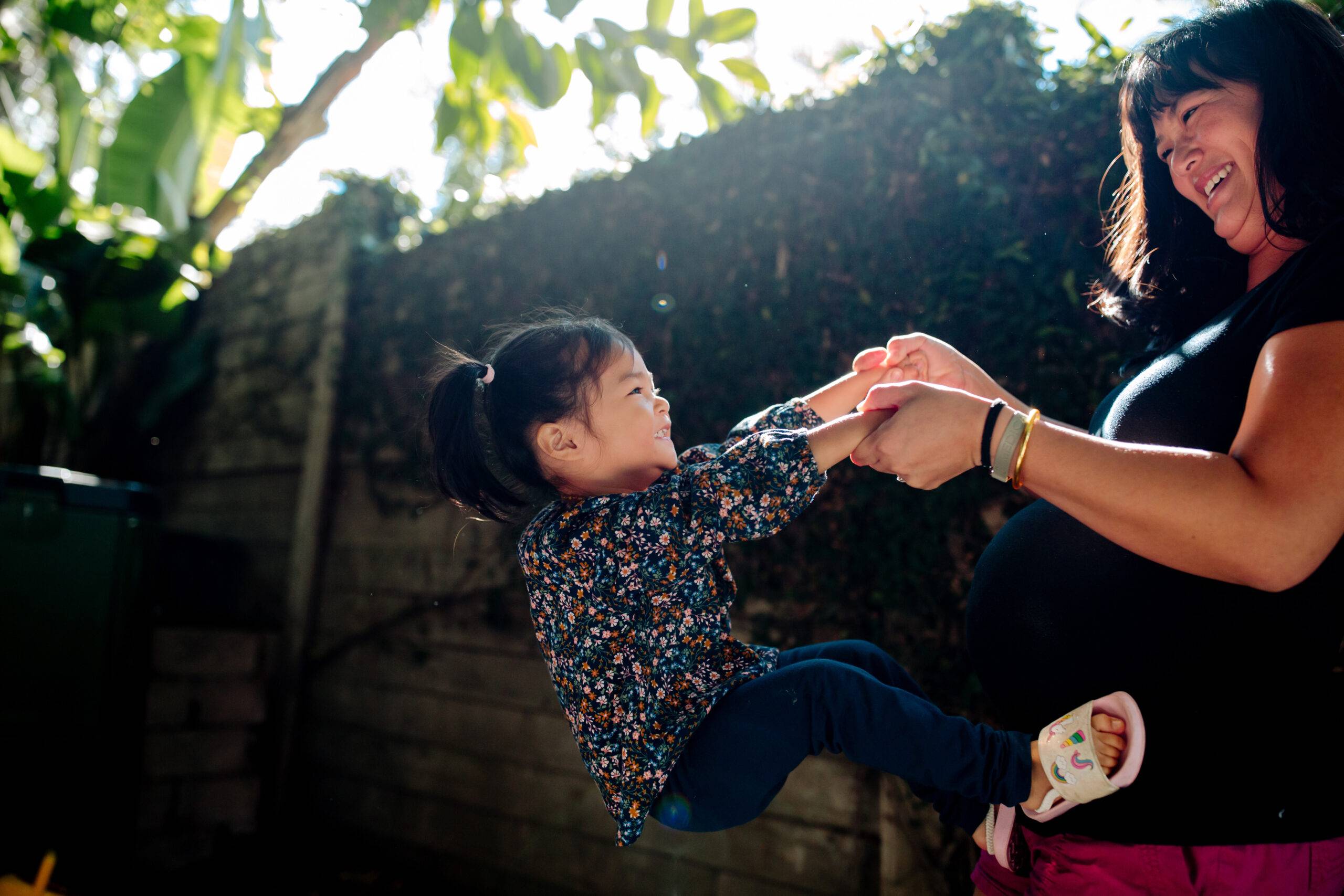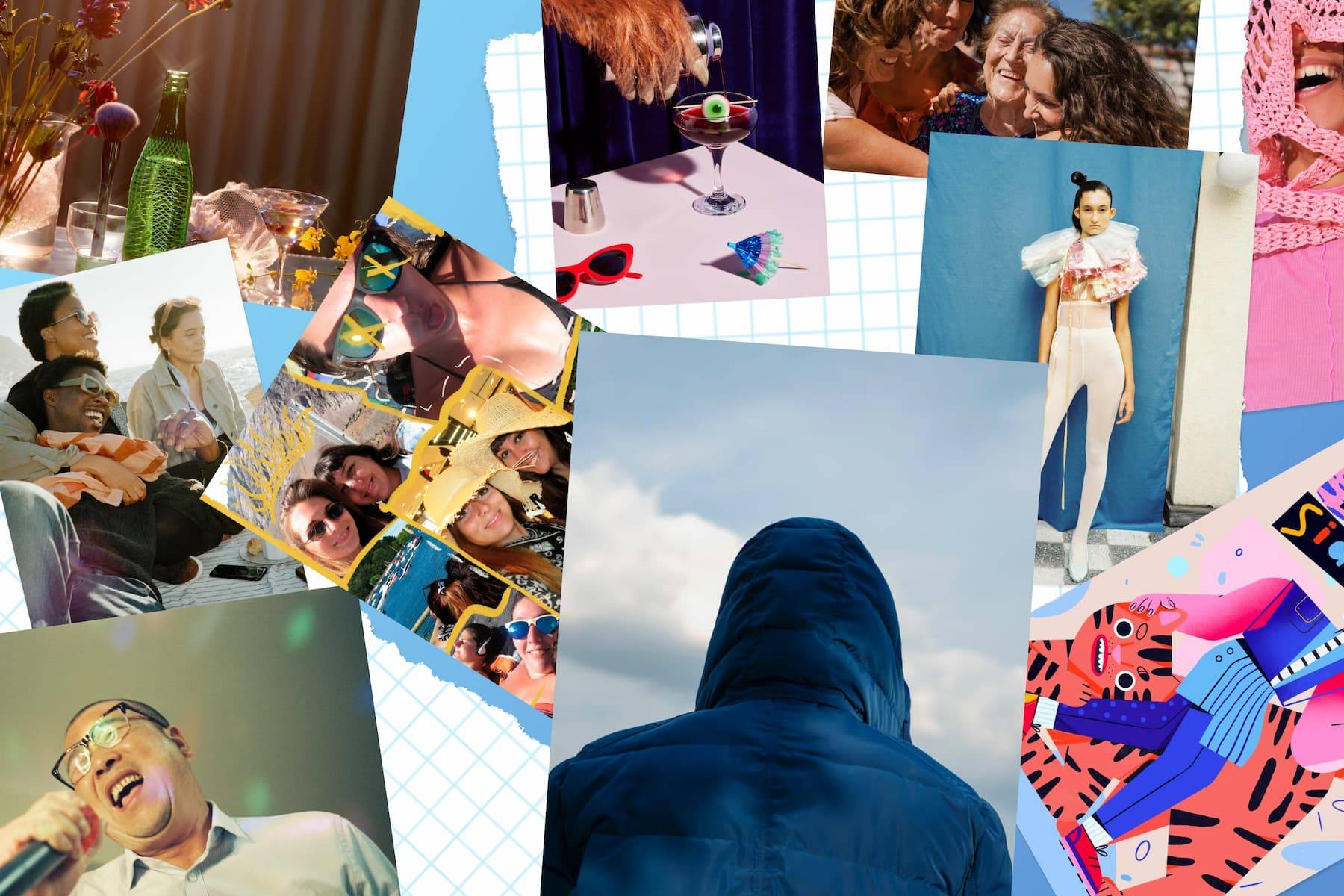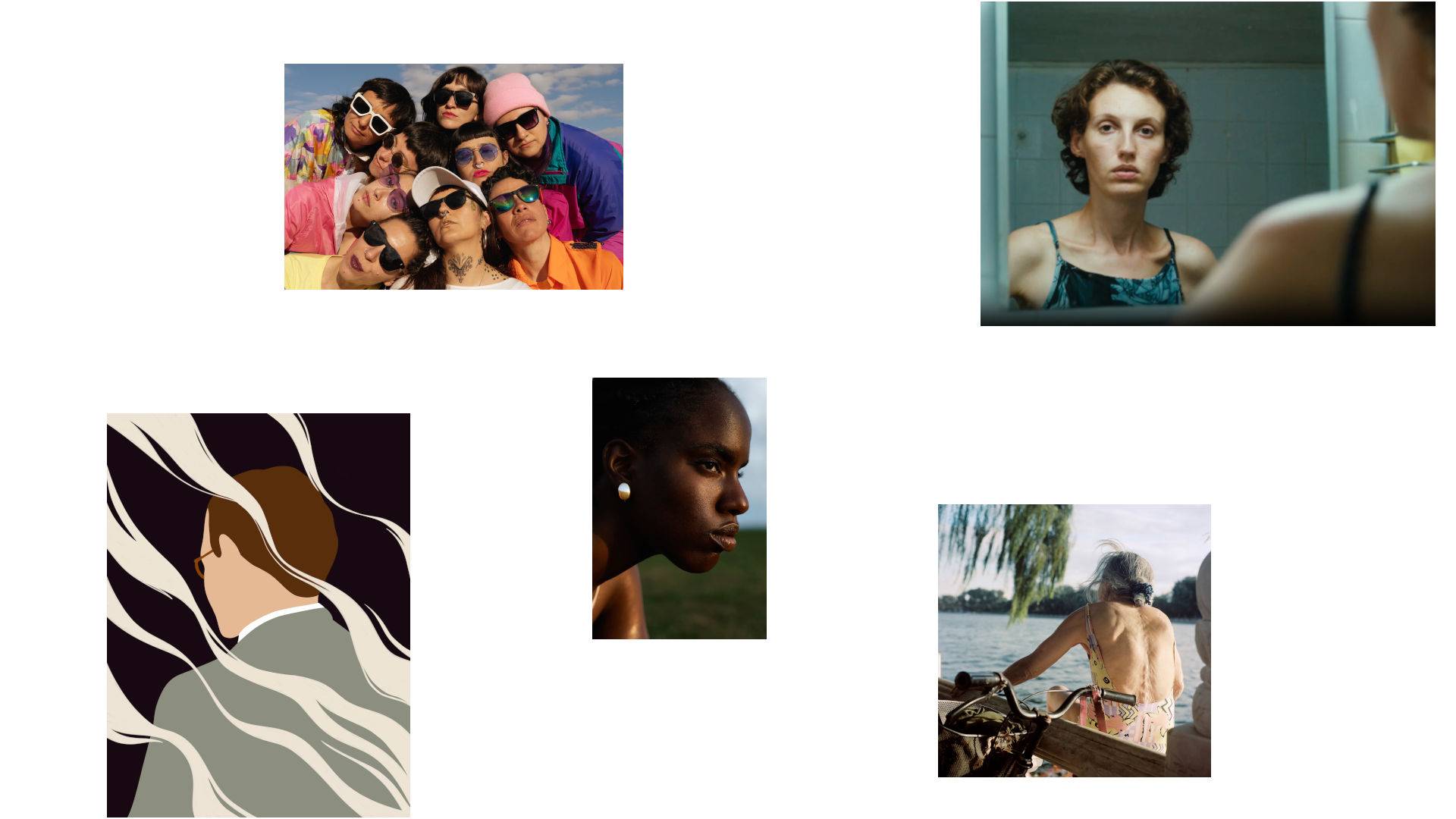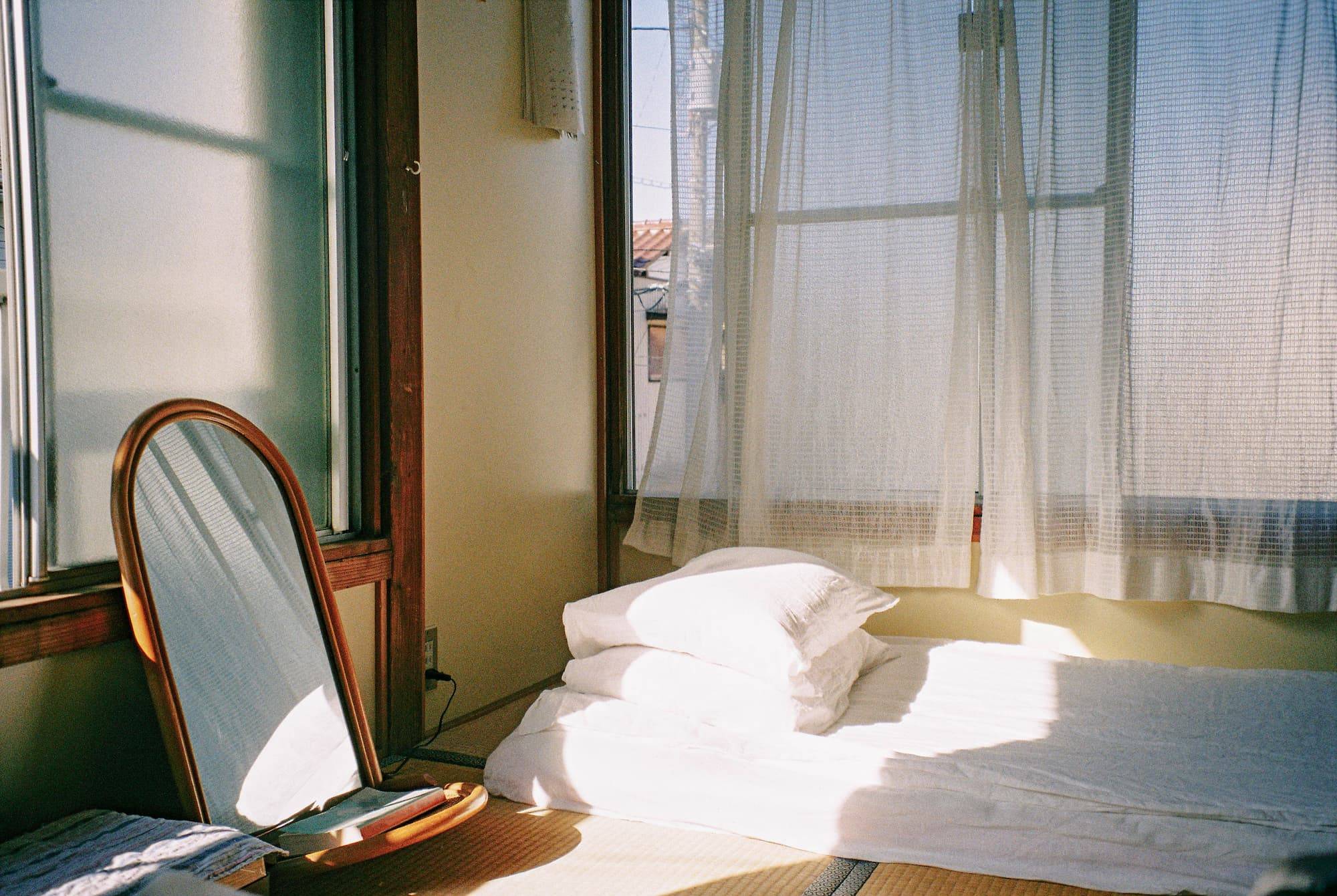Business-centered concepts are a pillar of stock content, but to be fresh and relevant, this category demands continuous refreshing. Visual styles change, technology evolves, and new office cultures and work patterns take foot.
Perhaps a few years ago, “young model in an ill-fitting suit posing pensively at their phone” was somewhat acceptable. The long-time stock favorite concept, “overhead shot of laptop and coffee,” was still thriving. However, our current economic and cultural trends require something entirely different.
In our post-lockdown, pre-recession moment, the most significant trend we see is for relatable and honest content instead of idealized and aspirational content. You know, the real ups and downs of the hustle — the long hours, the passion, the burn, the lethargy, the comedy. It’s what we all do to survive. It unites us.
Business content diversification is everything
Today’s media representations need to go beyond inclusion and aim for equity. In the context of stock media, that means diversity in visual representations of leaders and owners of all ethnicities, ages, body types, sexual identities, and abilities.
Additionally, “business” content has been highly homogenous in the past, favoring a few types of professions and professional environments. Stylistically, the idea of what work-life looks like — a fancy architectural studio, high-end corporate travel, or a person giving a presentation, pointing to oversized pie graphs or whiteboard scribbles (“sales!” “success!” “clients!”) — is not what we see in real life.
Workspaces have shifted dramatically in recent years. How we socialize at the office has changed. What we wear to work looks different (hello business up top, casual sweatpants party downtown). Most importantly, our appetite for that specifically branded illusion of success has changed. Today’s consumer wants exposure to a broader array of professions, trades, business sectors, business sizes, and models of success.
High-production-quality business shoots and conceptual work are still extremely valuable (and a highlight of our collection), but we’re also seeing a growing demand for content that feels imperfect, candid, and raw, such as business themes told with humor and through everyday people and moments.
Housewarming the home office
At the onset of the pandemic, people were forced to work from home, making do with what was at hand. As time progressed and remote work proved viable, productive, and widely preferred, more people invested in permanent home offices. In other words, we’re no longer working from couches or at the kitchen table (unless we want to). Full or partial remote work has become the default standard where on-site or in-person labor isn’t required, and dedicated, professional home offices are becoming the norm.
The permanence of this change also means we’ve adjusted to other kinks in home work-life (such as technology struggles and child care). Rather than focusing on the challenges and distractions of working from home, we’re seeing more positive representations of merging work and family space. For example, pets, children, and significant others may share what appears to be a productive work environment. Workspaces have comfortable, practical, and ergonomic furniture. Home offices don’t need to be perfectly neat or look like aspirational design spaces. Most importantly, they should not look staged like an Airbnb or studio (empty or overly staged shelves, for example) or like everything is brand new and never before used.
Stock media that celebrates small business
Small businesses are the true champions of every community. The shops, restaurants, and services make a place what it is, contributing massively to the character of a community and the local economy. Themes such as ingenuity, passion, service, and entrepreneurial spirit engender the small business world because the reality is (in this era of amazon and conglomeration) it’s not easy to be in business.
Support minority, family, and locally-owned enterprises with visual content showing the grit and determination it takes to grow a small business and the value they bring. Maybe the focus is sustainable methods of production or craftsmanship. Perhaps they are a hub for the community, such as a cafe or barber shop. Or, they provide vital services that keep things running — e.g., plumbers, technicians, delivery drivers, dog walkers, and contractors. Maybe it’s just good vibes.
Humanize medium-big businesses content
Even if a large contingent of the workforce has gone remote, the majority of medium-sized to big corporations still have brick-and-mortar offices. Office life is still an essential part of the work culture!
Think beyond “business meetings” and “presentations” to explore employees’ deeper social connection with their colleagues and company. Working within a team is also about community. When choosing visual assets, consider exploring other dimensions of office life that inspire a sense of connectivity. Consider socials, parties, events, conferences, lunches, training sessions, workshops, company sports teams, or wellness conveniences such as yoga, stretch clubs, and retreats.
Teamwork, collaboration, and communication are still popular messages but told in fresh and modern ways — believable and natural interactions are key. Express teamwork through dynamic and relaxed group interaction. People don’t have to be physically right next to each other to appear to be interacting. It is more natural for people to face one another and maintain eye contact and a courteous distance.
Gestures should be subtle and fluid, not stiff or exaggerated. People don’t need to seem overly emphatic or expressive to relate notions of productivity and satisfaction. Subtle expressions can still convey a sense of accomplishment.
Better business portraits
Portraits are a fantastic way to convey the human dimension of businesses. Portraits condense the character and values of a company into specific identities. A face, for example, may communicate notions of sympathy, competence, or confidence — qualities that can project a more approachable or trustworthy touch. Are you now picturing a cheesy testimonial portrait of a person, arms crossed, smiling into the camera? Those still have their place and audience BUT there are more modern options:
Environmental portraits are great for showing workplace context (either posed or candid) while telling a story about the person or people that work there.
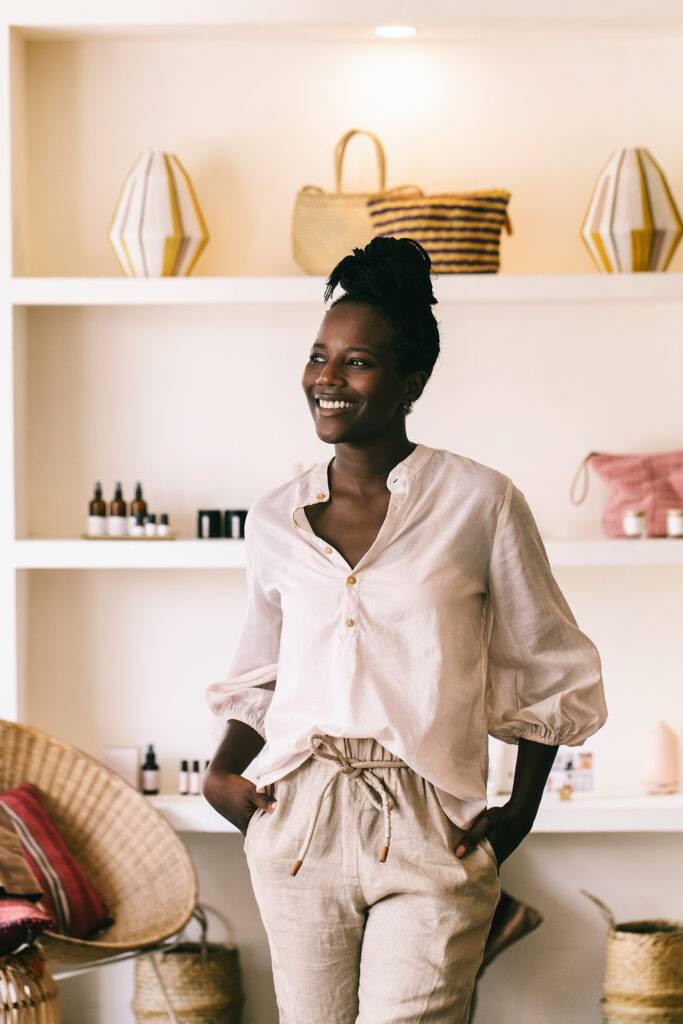
Team/Group Portraits are making a comeback! They can be fun or serious but should feel natural and relaxed.
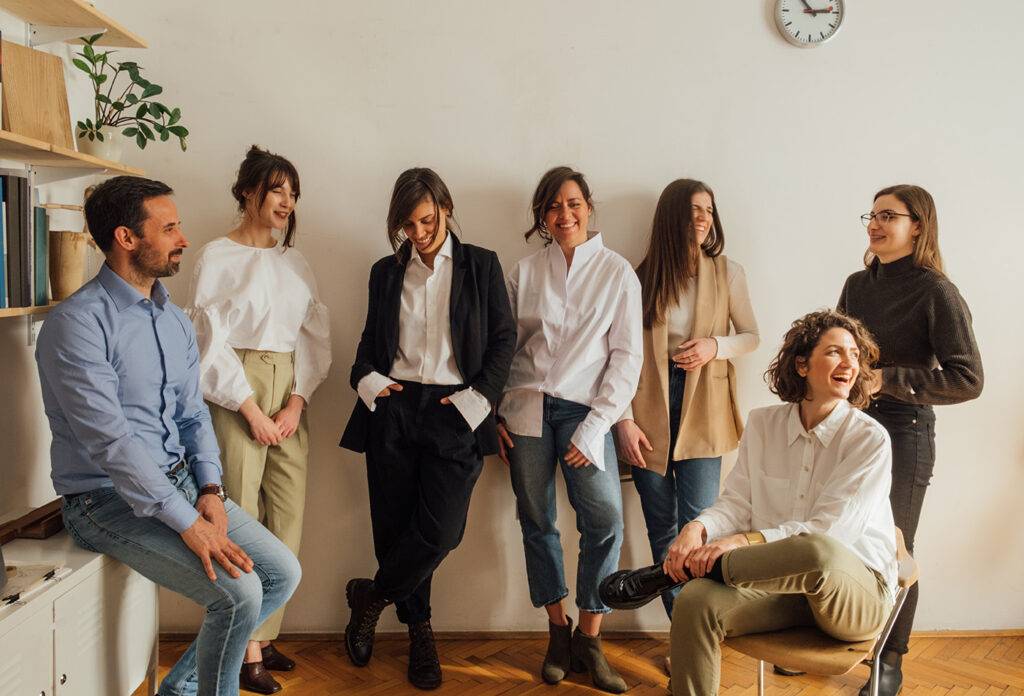
Grab viewers’ attention with a video portrait. A moving image is visually engaging and brings the person or people in front of the camera to life.
Studio portraits and headshots offer simple, clean compositions and copy space. Because they don’t reference any specific business setting or narrative context, they apply to several use cases.
Quick style guide for modern business content
- Artistically exciting angles and compositions
- Real people doing real jobs
Candid, documentary, unstaged, and raw aesthetic qualities - Quirky/imperfect UGC-style, direct flash aesthetic
- Thoughtful and timeless styling and wardrobe choices
- Appealing color palettes
- Neutral and natural processing
- Warm and natural lighting
- Timeless and future-proof office design
- Unfussy, human-centered design
- Soft, warm, bright, simple
- Eco-friendly elements, REAL office plants, and outdoor workspaces
- Comfortable spaces, ergonomic furniture
- Environments with a slightly messy lived-in quality with personal affects like family photos, letters, wall art, magazines, etc
- Make it look like actual living people work there






